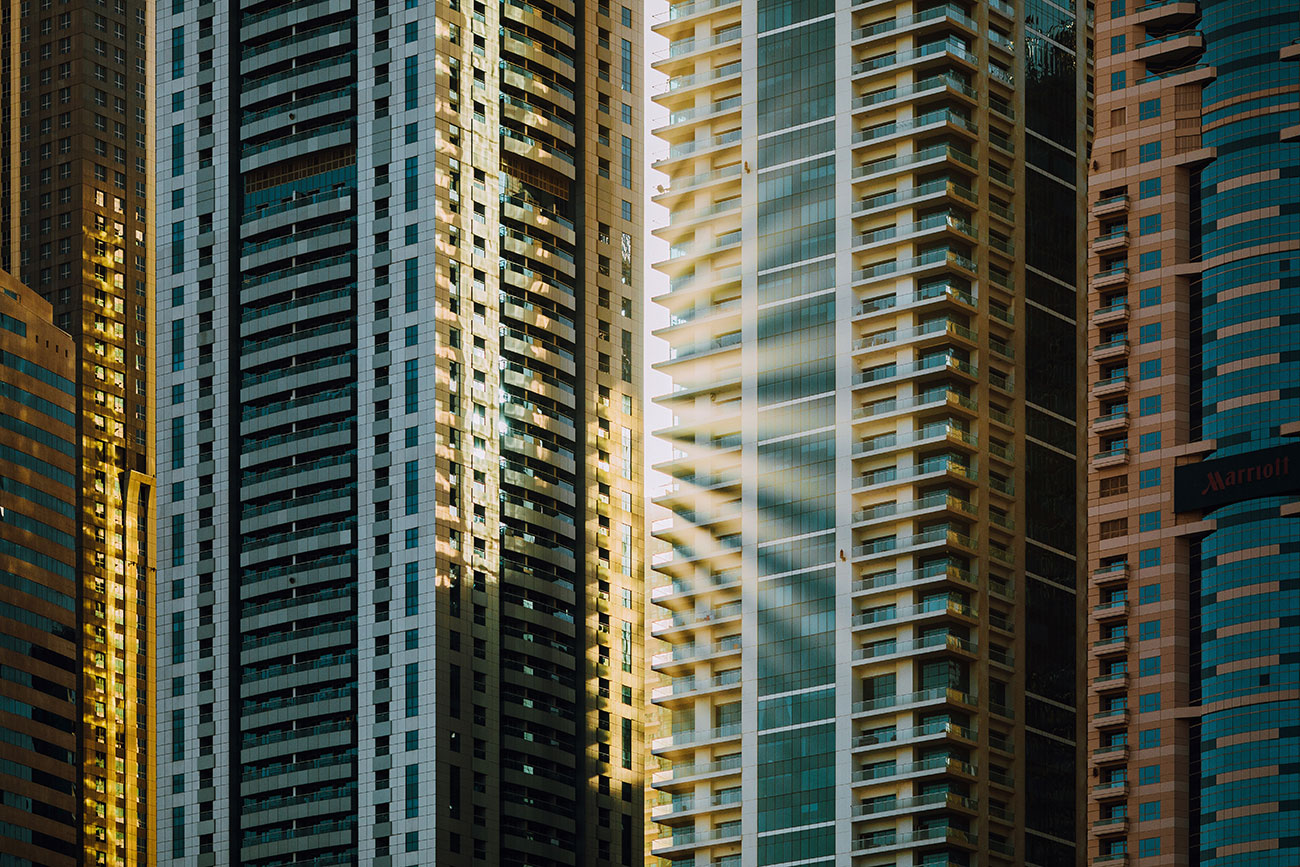The future of urban building has seen an interesting shift, as more and more firms become interested in high-rise buildings. Designing and building apartment complexes and residential tower blocks are nothing new, as they’ve been around for decades. However, vertical villages are providing a new vision of what these complexes will look like in the future. Also, this new perspective allows high-rise buildings to preserve and strengthen existing communities.
There are many examples of vertical villages around the world, and all of them have shown a wide range of benefits to the communities they house. In order to fully understand the advantages of such urban buildings, we need to answer some questions. What exactly are vertical villages and the advantages they bring is essential. Also, reviewing some examples of vertical villages will allow us to see the impact they can have on a community.
What Exactly Are Vertical Villages?
The concept of the vertical village comes from several urban housing projects that aimed at improving living conditions in Singapore. With the objective of strengthening the sense of community or “kampong” among neighbors, many vertical village projects came. The main idea behind is providing neighbors with a place where they can interact and bond together.
The main characteristics of vertical villages are the focus on common areas and green architecture. Also, these villages incorporate sky gardens and sky terraces where inhabitants can relax and spend time together. Another important aspect is the design of communal living rooms and commercial spaces that are part of a vertical village.
What Advantages Come from Vertical Villages?
As we mentioned above, the main idea behind vertical villages is improving living conditions in high-density urban spaces. This is achieved by giving neighbors safe and well-planned spaces where they can chat and create lasting relationships. Sky gardens and terraces, as well as communal living rooms, bring neighbors closer, thus they bond with each other.
Life expectation of inhabitants of vertical villages benefits greatly from this kind of urban places. As the idea of getting everything closer grows, neighbors are able to include more activities in their daily lives. For example, several projects aimed at adding parks, swimming pools, gyms, grocery stores, and even entertainment options. Besides, these vertical buildings result in more eco-friendly alternatives to urban planning and development.
Example of Successful Vertical Villages Around the World
The design of vertical villages was originally implemented in Asian cities. However, such a model has become spreading to other highly dense cities around the world, including London, Sao Paolo, and Stockholm. Each project adapts the vertical village idea to suit their particular needs, but more or less follows the same premise. Therefore, they create eco-friendly spaces that take urban housing beyond its original purpose.
Some examples include London’s Canaletto buildings, which comprise 30 stories. Another great example of successful vertical villages includes Sao Paolo’s Vertical Itam tower and Stockholm’s firm Sweco. All of these examples provide vast social and outdoor spaces a major role in the design process. Sky gardens, pools, daycare facilities all are part of vertical villages.








